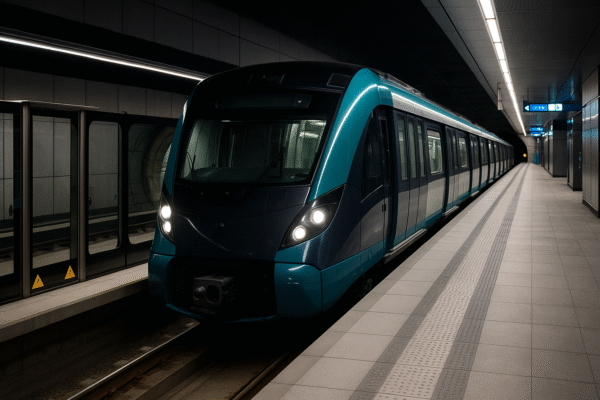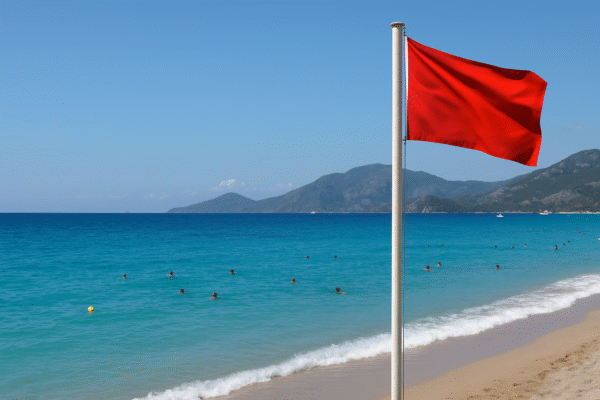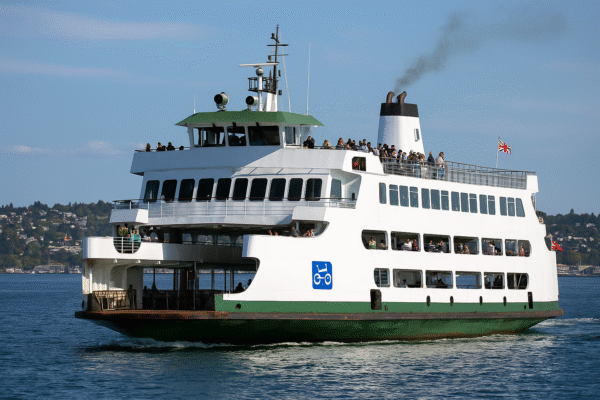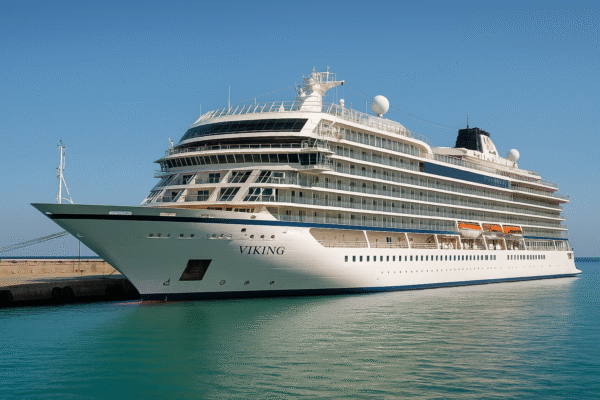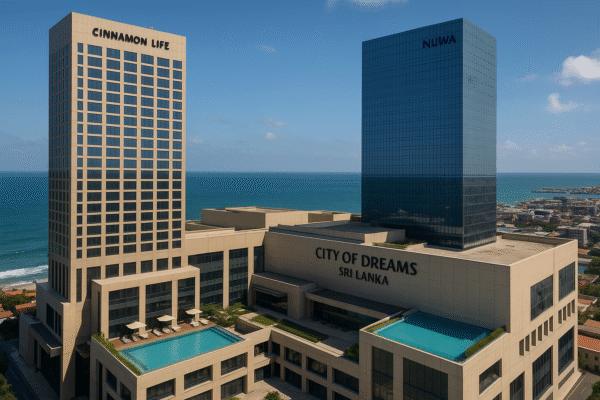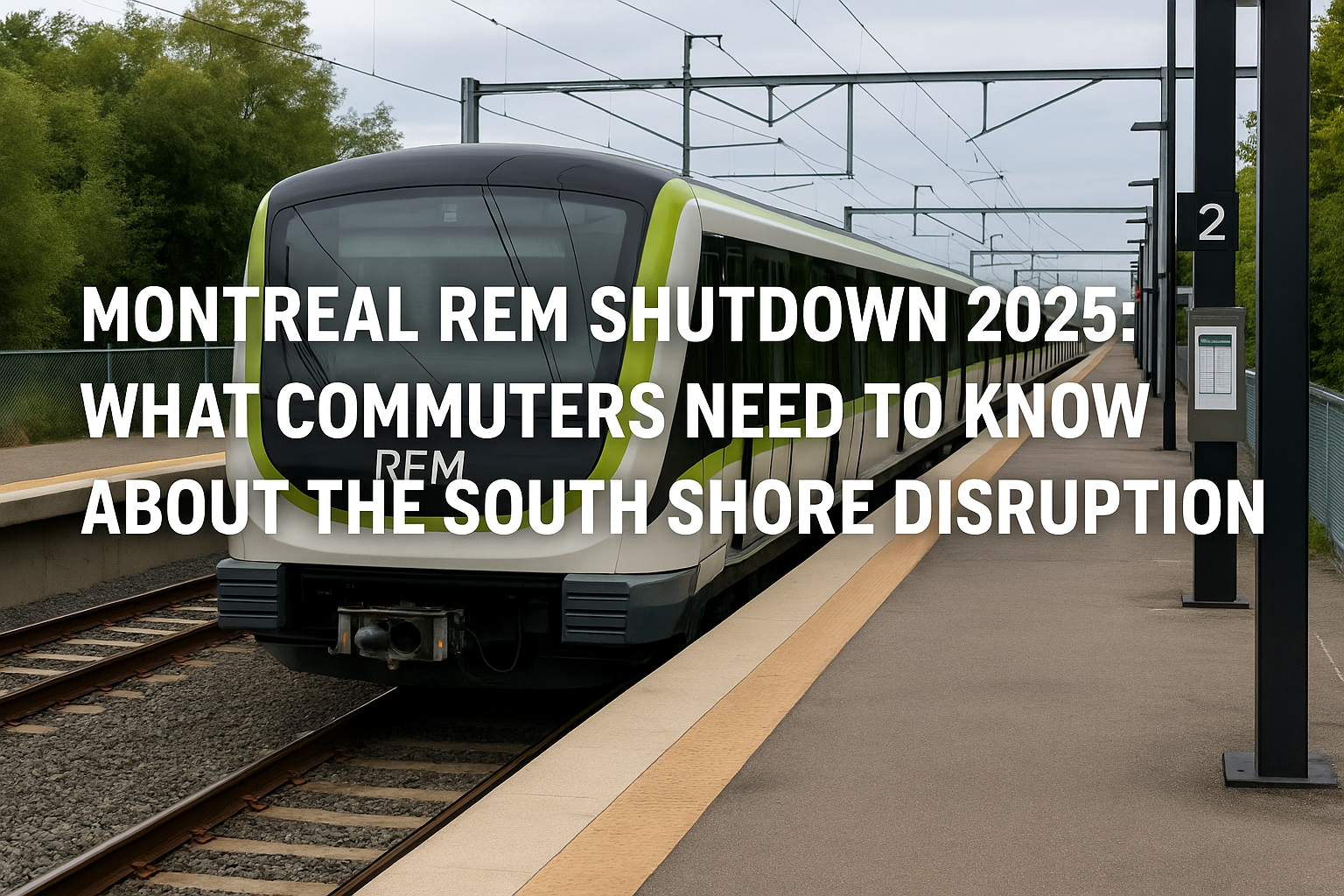The Réseau express métropolitain (REM), Montreal’s high-frequency, fully automated light-rail network, is entering a critical phase in its long-term expansion plan. As of July 6, 2025, all REM services between the South Shore and downtown Montreal have been temporarily suspended, a shutdown set to last until August 17, 2025.
The shutdown, while disruptive for thousands of daily commuters, is essential for preparing the system for its next operational stage. According to CDPQ Infra and the Autorité régionale de transport métropolitain (ARTM), the closure allows for rigorous safety testing and system calibration on the upcoming REM segments connecting downtown Montreal to the West Island and North Shore. These upgrades form part of the next milestone for the multi-billion-dollar public transit megaproject aiming to redefine urban mobility across Greater Montreal.
Why Is the REM South Shore Closure Necessary?
Authorities say this six-week shutdown is necessary for dynamic testing and trial runs of new network extensions. By pausing the current service, engineers and technicians can evaluate system responses under real-time load simulations. This includes software updates, synchronization across train control systems, and refining passenger flow management before the new segments officially open.
“While we understand this closure will be inconvenient, it is a key phase to ensure passenger safety and optimize the long-term performance of the network,” ARTM spokesperson Camille Boucher said in a recent briefing.
Commuter Impact and Travel Alternatives During the Shutdown
The REM South Shore line, which connects Brossard with Montreal’s downtown core in under 20 minutes, has become an essential route for daily commuters. With its suspension, authorities have launched a range of temporary services to help ease the burden on travelers.
Five dedicated shuttle routes—568, 176, 721, 722, and collective taxi T72—have been deployed to bridge the gap between South Shore communities and key metro and bus terminals such as Longueuil–Université-de-Sherbrooke and Angrignon. These shuttles are fully fare-free, operate at high frequencies during peak hours, and will be supported by reserved bus lanes and police traffic control at major junctions to reduce congestion.
The STM (Société de transport de Montréal) is also increasing bus capacity in the network, while Exo, the regional commuter train authority, has boosted its local and intercity bus services to absorb additional demand.
RTL and Exo Adjust Service Plans
The Réseau de transport de Longueuil (RTL) will maintain its regular weekday service throughout July and August, foregoing the usual reduced summer schedule. Increased service reliability on RTL’s existing bus routes—particularly lines 38 and 47, which service Brossard and Longueuil—will be essential during the REM shutdown.
Meanwhile, Exo is strengthening its suburban bus network by adding new trips and modifying schedules to support direct connections to Metro Line 1 (Green Line) and other transfer points. Special attention is being placed on optimizing travel times between key suburban terminals and Montreal’s downtown business district.
Authorities are urging passengers to consider remote work, flexible hours, or off-peak travel to alleviate potential congestion. ARTM has also set up new temporary park-and-ride lots near major shuttle access points to facilitate better car-to-transit integration.
REM to Offer Free Service After Reopening
To compensate for the summer shutdown, free REM rides will be offered from August 18 to 31, 2025, for all stations across the network. This gesture aims to encourage a smooth transition back to full service, boost public confidence, and reintroduce users to the system following the extended closure.
However, it’s important to note that only the REM portion will be free. Standard fare policies still apply to RTL buses and connecting transit services, so passengers will need valid OPUS cards or other approved payment methods for those segments.
Stay Updated With Live Information
Travelers are encouraged to check real-time updates via the official REM website (rem.info) and social media channels. ARTM and CDPQ Infra will also be posting regular alerts, detour maps, and live travel times to assist commuters during the service outage.
For mobile users, the Chrono app, supported by ARTM, offers dynamic trip planning, service alerts, and GPS shuttle tracking to improve the commuter experience.
Looking Ahead: A More Connected Montreal
The South Shore REM disruption marks a pivotal moment in Montreal’s public transit transformation. Once completed, the REM network will feature 26 stations over 67 kilometers, providing seamless connectivity across downtown, the South Shore, West Island, Trudeau International Airport, and Laval.
According to CDPQ Infra, the fully operational REM will reduce greenhouse gas emissions by removing up to 680,000 cars annually from local roads. It will also serve as a backbone for future transit-oriented development (TOD) in the region.
Final Thoughts: Short-Term Inconvenience, Long-Term Benefit
Despite the current inconvenience for South Shore commuters, the REM shutdown represents necessary progress for one of Canada’s most ambitious infrastructure projects. With enhanced bus service, free shuttles, clear communication, and a plan for recovery, Montreal’s transit authorities are working to keep the city moving while ensuring the REM is safe, efficient, and ready for its next chapter.
For more travel news like this, keep reading Global Travel Wire

